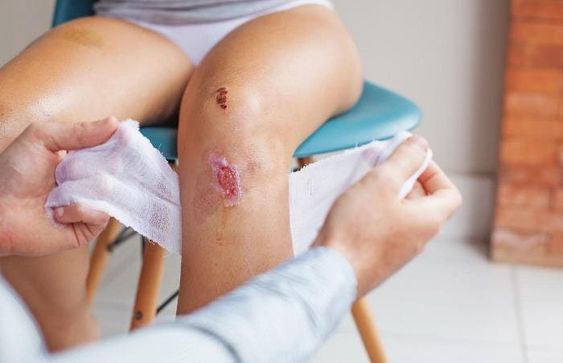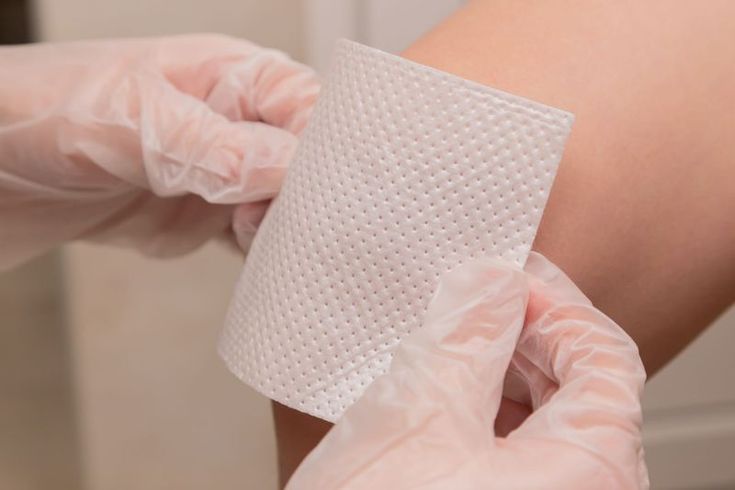Many patients often find blisters on the new skin within one or two weeks after the wound heals, and some even break and re-form the wound surface. What is confusing is that this phenomenon is neither an infection nor an allergy, nor is it caused by itching or scratching. In fact, this is a very common situation, mainly caused by the structural characteristics of the new skin.

When a wound is just healing, the new skin is very thin, and the basal layer between the epidermis and dermis is not yet fully mature. At this time, the basal layer has a high permeability and is prone to the accumulation of exudate. When the exudate accumulates between the epidermis and dermis to a certain extent, blisters will form. These blisters not only affect the appearance of the skin but may also rupture due to friction or external force, re-forming the wound surface and delaying the process of complete skin recovery.
From the perspective of skin science, the barrier function of new skin has not yet fully recovered, and the skin has a high water content but weak protection. Studies have shown that the permeability of skin in the early stages of healing is 3-5 times that of normal skin, which makes it easier for exudate to accumulate. At the same time, new skin has poor tolerance to mechanical stress, and slight friction or pulling may cause blisters to form.
Clean:
In order to prevent the formation of blisters, scientific care is essential. Keeping the new skin clean is the top priority. It is recommended to gently wash the new skin with warm water and mild detergent every day to remove bacteria and metabolic products attached to the surface and reduce the risk of infection. However, be careful not to scrub hard to avoid damaging the skin.
Moisturizing:
And moisturizing is the key to preventing blisters. Using moisturizing drugs or skin care products can increase the water content of the skin and enhance the skin's barrier function. Moisturizing products can form a protective film on the surface of the skin, reduce the accumulation of exudate, and thus reduce the risk of blisters. It is recommended to choose a mild, non-irritating moisturizing product and apply it 2-3 times a day, especially after cleaning the skin.
Choose a dressing:
In terms of wound care, moist wound dressings also play an important role. Moist wound dressings can provide a suitable moist environment, promote epithelial cell crawling, and accelerate wound healing. At the same time, moist wound dressings can also absorb excess exudate and reduce the chance of blister formation. According to the amount of wound exudate, choosing appropriate moist wound dressings, such as hydrocolloid dressings, foam dressings, etc., can better protect the new skin.
To avoid excessive stimulation of the new skin. Wearing loose, soft clothing to reduce friction between the skin and clothing; and avoiding prolonged pressure or pulling on the new skin, these measures can effectively prevent the formation of blisters.

It is common for blisters to appear on newly healed skin, which is mainly determined by the structural characteristics of the new skin. Scientific care methods, such as keeping the skin clean, strengthening moisturizing, using moist healing dressings, and avoiding excessive stimulation, can effectively prevent the formation of blisters and promote the skin to fully recover as soon as possible.
For more information on Innomed®Polyurethane foam dressing, refer to the Previous Articles. If you have customized needs, you are welcome to contact us; You Wholeheartedly. At longterm medical, we transform this data by Innovating and Developing Products that Make Life easier for those who need loving care.
Editor: kiki Jia

 English
English عربى
عربى Español
Español русский
русский 中文简体
中文简体








